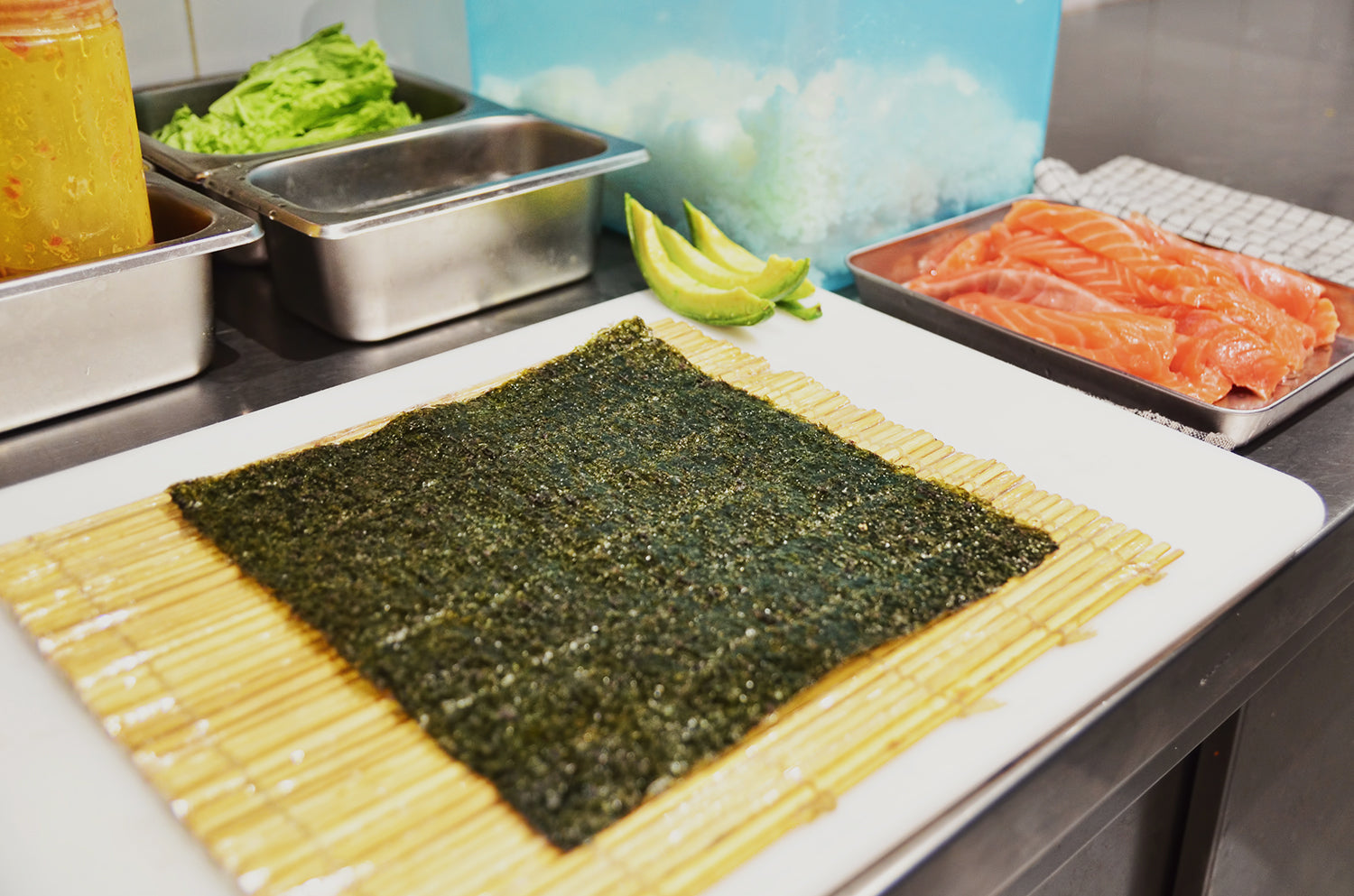Sushi Roller Machine - Home Use and Business Use

People who are into hosting dinner parties are always thinking of new ways to spice up the weekend nights. More often than not, people are tickled by the idea of trying something new as opposed to the usual menu. For instance, guests would be more interested to attend a Japanese-inspired party complete with tempura, sake and of course, some sushi. Perhaps it is natural to get intimidated especially if the host is not exactly a Japanese chef.
For instance, it takes a lot of experience to perfect making Futomaki and Hosomaki. Futomaki are large rolls while Hosomaki are smaller ones. There are maki rollers that make the job easier. It would be as simple as lining it with seaweed, putting in sticky rice, seafood and other vegetables and rolling it to lock. A sushi roller machine also makes the task faster which is ideal for catering to bigger groups. Nothing would beat the authenticity of how sushi is made but if it is quantity that people are after and the taste is just the same, people should welcome its practicality. These sushi rolls can be served before the main course if it is a dinner party while they would also make wonderful finger foods along with cocktails.
Those kinds of machines are intended for home use alone. There are also maki rollers intended for business use. For an entrepreneur who is planning to open an establishment that mainly serves sushi, it would be quite economical to invest on a dependable sushi machine. There are many different kinds to choose from depending on the range of number of pieces needed by the establishment. If it is just a small establishment or if the sushi is a minor item in the menu, smaller capacity rollers may be enough.
However, if it is the main offering of the food establishment, then the sushi roller machine that can make 300-400 rolls may be more efficient. The size of the machine is not a problem as most are still tabletop implements. There are even ones that are designed for a production capacity of 3000 rolls per hour. That basically mean the restaurant owner would never have to worry of clients complaining about their late orders.
Such machines can perform that there is no need to hire more employees to attend to making those sushi rolls. Such machines are also more precise in rolling makis compared to hiring a number of people to roll those Japanese treats.




